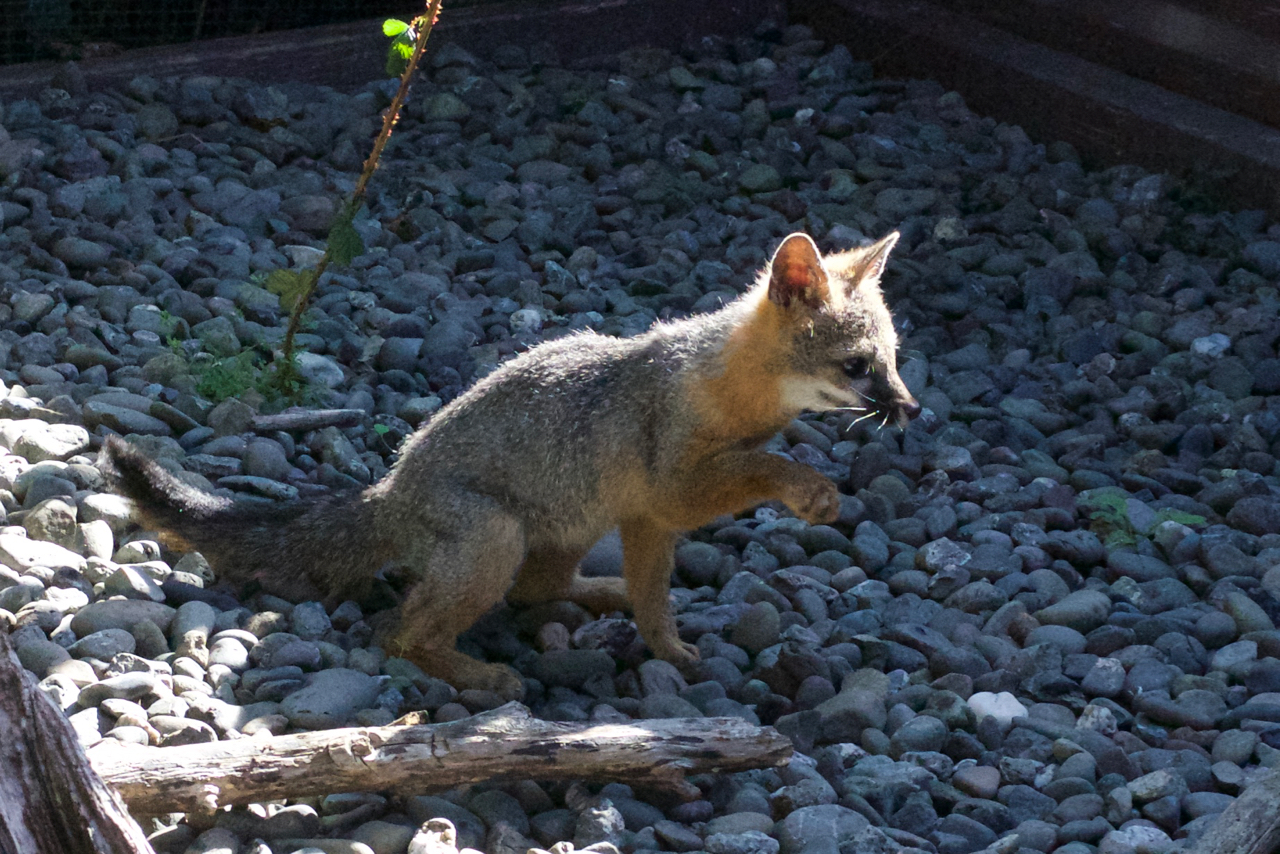
Last year, between the 1160 patients BAX treated at Humboldt Wildlife Care Center, and the 440 birds admitted during the botulism outbreak at the Lower Klamath Refuge north of Shasta, we provided direct care for 1600 wild animals.
We provided this care on approximately $110,000. (Thank you to everyone who donated!) While it is certainly the case that some patients cost more in care than others, still, this means that we spent an average of $68.75 per patient. Think about that. On less than 70 dollars per patient, we successfully treated and released hundreds of our wild neighbors.
Believe it or not, this remarkable success is also a failure.

DONATE HERE
We never have more in the bank than what will get us through the month.
And at $70 per patient, we have absolutely no room to cut our expenses. Should we spend even less? Of course not.
Our goals for HWCC include expanding the care we provide, as well as expanding our education and outreach efforts promoting co-existence with our wild neighbors.
Yet, each Spring and Summer we struggle to make certain we have the food and medicine we need, that the electric and phone bills are paid, that our water bill is paid, that our rent is paid. Our staff is grossly underpaid and even so, meeting our payroll is a stressful struggle.
OUR GOAL FOR 2019: $150,000 RAISED BY THE END OF THE YEAR. We’ve set targets of $50,000 by April 30, $100,000 by August 31, and $150,000 by December 31! Right now we are $35,000 away from our April 30 target. Reaching it seems impossible, but not reaching it means another year entering our busy wild baby season uncertain of where the resources will come from. Please help us get close to our goal!

For the success of our mission, for the care of our patients, for the education and outreach that will prevent injuries, orphanings and other harms to our wild neighbors, we need to find more resources.
When Bird Ally X took over the management of HWCC in 2011, we took on an organization that operated on even less, with no full-time staff, with a facility that was only sporadically open, and with no capacity to provide quality care for more than a few species of raptors and songbirds. Aquatic birds (50% of our caseload) were sent 300 miles away to a facility in the Bay Area.

Frankly, in 2011, the reputation of this facility was in shambles. Since BAX took on HWCC, we’ve developed the clinic into a topnotch wildlife hospital which has the respect of our colleagues from around the nation and the state. We’ve established a program to train new wildlife rehabilitators that has seen over 60 successful graduates, many of whom have gone on to work in various aspects of serving wildlife here and around the country.
Often wild patients who are difficult to treat, or presenting unusual problems are sent to us from around the state. We’ve admitted and successfully treated an Osprey sent us from Modesto, an Albatross rescued from a ship in Brookings, Deer fawns from Redding, and more.

In 2011, HWCC was not seen as an organization fit to be a viable member of the Oiled Wildlife Care Network. Since Bird Ally X took over the management and operation of HWCC, we’ve joined the OWCN, and added valuable team members to the roster of pre-trained oil spill responders available to help in the event of an oil spill in our area, or across the state.
In short, our effort to build HWCC into a respected wildlife care facility that is also a teaching hospital as well as a working lab developing real world improvements to the care all wildlife rehabilitators can provide has been largely successful, even as our resources are scarce! Look what we can do with very little! Imagine what we can accomplish with a little more!

To sustain these advancements and build on them, we need your help now. A shoestring budget is common for missions such as ours, but we still need a sustainable flow of resources, especially as we move into our busy season.
Our goal this year is to raise $150,000 – and if we maintain the caseload of last year, that would raise our average sending per patient from $69 to $93 – still a fraction of our real costs, but a big improvement, an improvement that would reduce the stress on our staff, which by itself would enhance the quality of the care we’re able to provide
PLEASE HELP US REACH OUR GOAL! HELP US HELP OUR WILD NEIGHBORS!
PLEASE DONATE TODAY!


